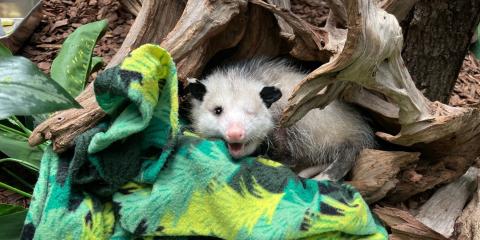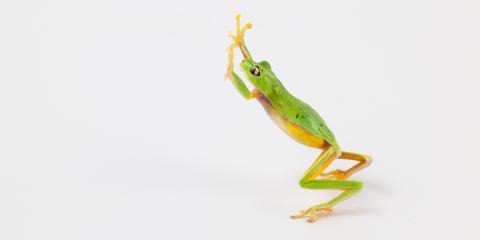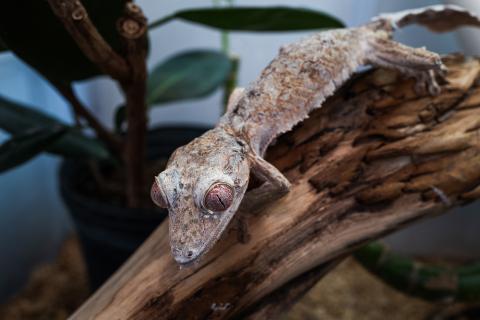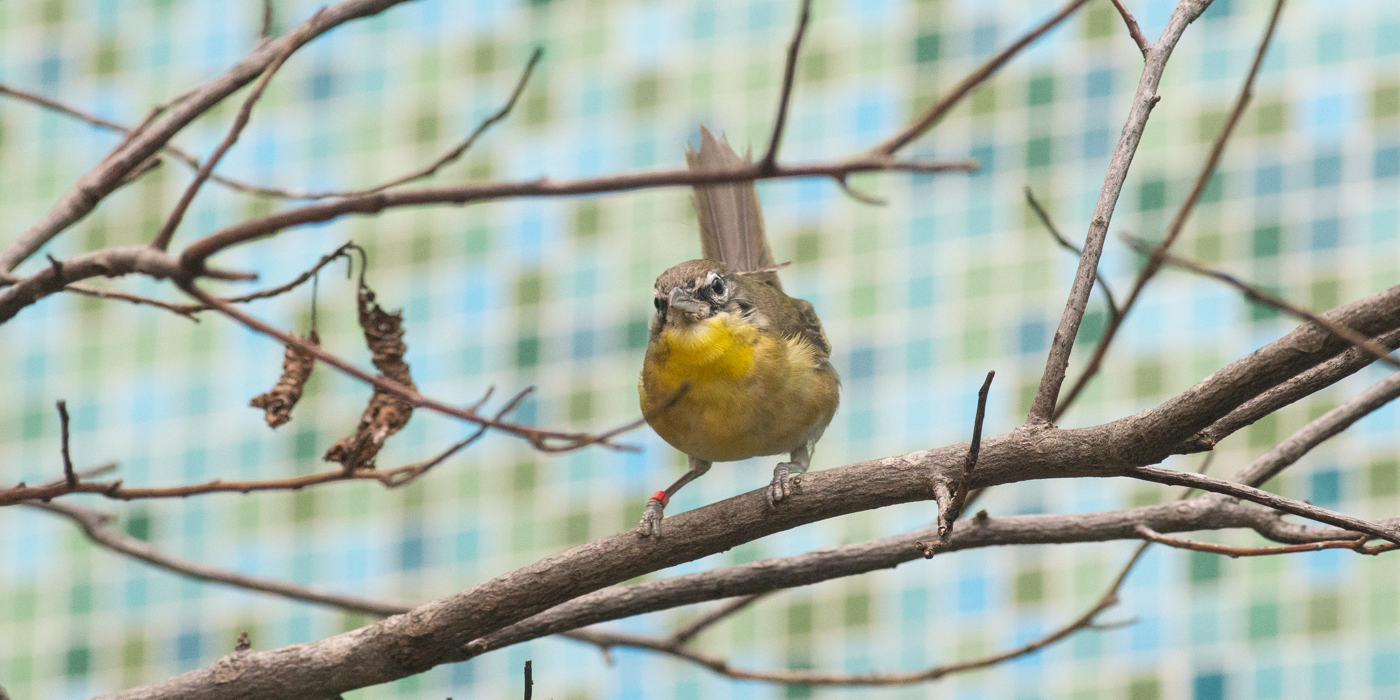Physical Description
Size
Native Habitat
Lifespan
Communication
Food/Eating Habits
Yellow-breasted chats mainly eat insects, which they search for among the leaves of thickets and bushes. They also eat fruits and berries when available. Unlike many songbirds, they will hold their food in their feet before eating it.
Social Structure
Reproduction and Development
During the breeding season, male yellow-breasted chats will choose a high perch and sing a series of clucks, cackles and squawks, which they use to attract potential mates and defend their territory from other males. They have a somewhat awkward-looking flight display where they flap their wings slowly and hover with their legs dangling downward while singing.
After mating, females build bulky, cup-shaped nests in thick tangles of shrubbery. They lay clutches of between three and six eggs that are creamy white with brown spots. Females incubate the eggs for about 11 days before hatching. Chicks are nurtured by both parents and need about eight days' worth of parental care and feeding before they are ready to leave the nest.
Yellow-breasted chats will vigorously defend their nests from potential threats. As such, they are at a lower risk for nest parasitism from the brown cowbird than other types of songbirds who share their range.
Conservation Efforts
Help this Species
- Be a smart consumer. Choose products made with sustainable ingredients, such as Smithsonian certified Bird Friendly coffees, which support farmers striving to limit their impact on wildlife and habitat.
- Practice ecotourism by being an advocate for the environment when you’re on vacation. During your travels, support, visit or volunteer with organizations that protect wildlife. Shop smart too! Avoid buying products made from animals, which could support poaching and the illegal wildlife trade.
- Be a responsible cat owner, and keep cats indoors or under restraint when outside. Never release animals that have been kept as pets into the wild.
- Conservation starts with you! Join a citizen science project, such as FrogWatch or Neighborhood Nestwatch, where you can help collect valuable data for scientists. Encourage your friends and family to get involved too.
- Protect local waterways by using fewer pesticides when caring for your garden or lawn. Using fertilizers sparingly, keeping storm drains free of litter and picking up after your pet can also improve watershed health.
- Plant native flowers in your garden to help feed resident and migrating pollinators. You'll make your lawn beautiful and help wildlife at the same time!
Animal News

Remembering Basil, Our Virginia Opossum

Happy Amphibian Week 2025


